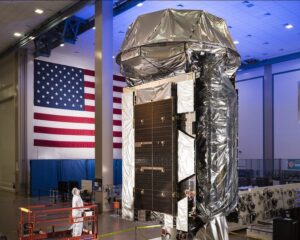
Nominees for the U.S. Space Force service acquisition executive (SAE) and an assistant secretary of the Air Force for Space Acquisition and Integration are unlikely before President-elect Joe Biden assumes office in January. The National Defense Authorization Act of 2020 mandates that the U.S. Space Force have its own SAE by Oct. 1, 2022. Air Force acquisition chief Will Roper has overseen space systems modernization in addition to air systems acquisition. The law also provided for an assistant secretary of…














